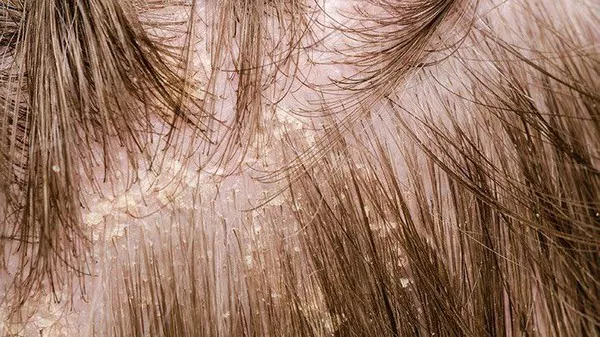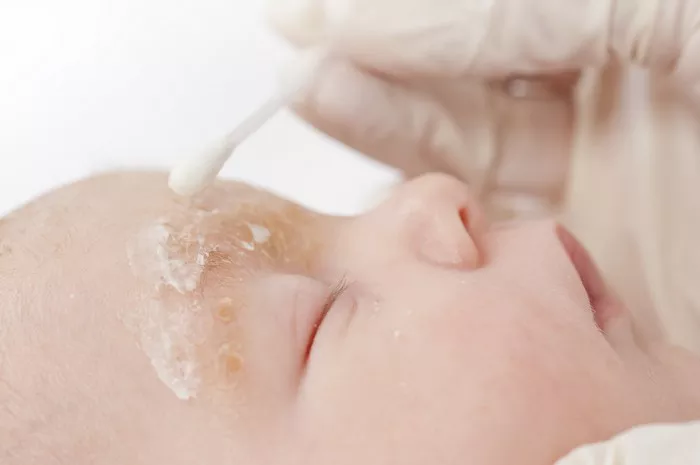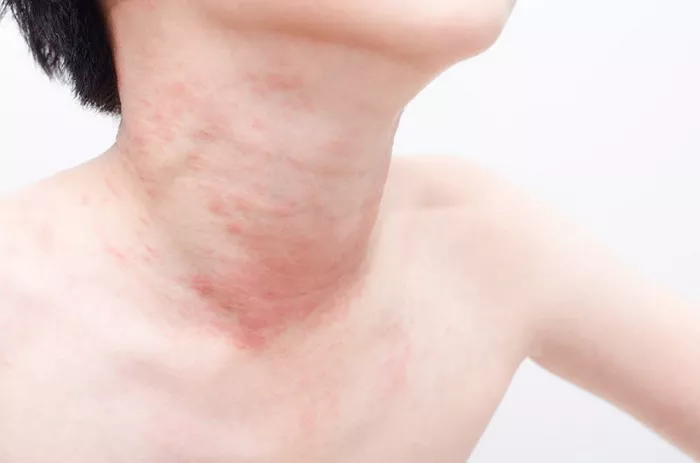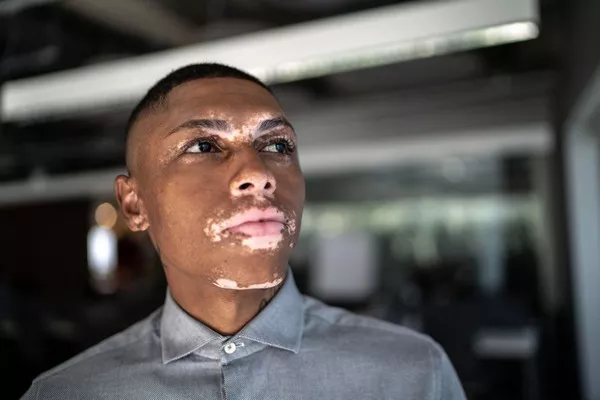Seborrheic dermatitis is a common skin condition that affects the scalp, causing itching, redness, and flaking. While it is not contagious or life-threatening, it can be uncomfortable and embarrassing for those who suffer from it. Fortunately, there are several effective treatments available to help manage the symptoms and improve the health of the scalp.
What is Seborrheic Dermatitis?
Seborrheic dermatitis is a chronic inflammatory condition that primarily affects areas of the skin rich in oil glands, such as the scalp, face, and upper chest. It is characterized by red, itchy, and flaky skin, often accompanied by greasy scales or crusts. The exact cause of seborrheic dermatitis is not fully understood, but factors such as genetics, hormones, and the presence of certain fungi on the skin may contribute to its development.
Symptoms of Seborrheic Dermatitis on the Scalp
Seborrheic dermatitis on the scalp typically presents with the following symptoms:
1. Itching: One of the most common symptoms of seborrheic dermatitis is itching, which can range from mild to severe and may worsen during periods of stress or fatigue.
2. Redness: The affected areas of the scalp may appear red or inflamed, especially around the hairline, behind the ears, and on the back of the neck.
3. Flaking: Flaky, white or yellow scales may develop on the scalp, resembling dandruff. These flakes may be especially noticeable on dark-colored clothing.
4. Greasy or Oily Appearance: The scalp may appear greasy or oily due to the overproduction of sebum, the natural oil produced by the skin.
Treatment Options for Seborrheic Dermatitis on Hair
While there is no cure for seborrheic dermatitis, several treatment options can help manage its symptoms and improve the health of the scalp. Treatment recommendations may vary depending on the severity of the condition and individual factors such as age, overall health, and personal preferences. Here are some common treatment options for seborrheic dermatitis on the hair:
1. Medicated Shampoos:
- Over-the-counter medicated shampoos containing active ingredients such as ketoconazole, selenium sulfide, or pyrithione zinc can help reduce inflammation and control the growth of fungi on the scalp.
- These shampoos should be used regularly, at least twice a week, for optimal results. It is essential to follow the instructions provided on the product label and to allow the shampoo to remain on the scalp for the recommended duration before rinsing.
2. Topical Steroids:
- In cases of more severe or persistent seborrheic dermatitis, a healthcare professional may prescribe topical corticosteroids to reduce inflammation and itching.
- Topical steroids should be used sparingly and as directed to avoid side effects such as thinning of the skin or rebound flares of the condition upon discontinuation.
3. Antifungal Creams:
- Antifungal creams or ointments containing ingredients such as clotrimazole or miconazole may be recommended for use on the scalp to target the underlying fungal infection associated with seborrheic dermatitis.
- These products should be applied directly to the affected areas of the scalp, following the instructions provided by a healthcare professional.
4. Coal Tar Preparations:
- Coal tar preparations, such as shampoos, lotions, or gels, may help slow down the rapid turnover of skin cells on the scalp and reduce flaking and itching.
- These products should be used with caution, as they can cause skin irritation or sensitivity to sunlight in some individuals.
5. Salicylic Acid:
- Shampoos or scalp treatments containing salicylic acid can help exfoliate dead skin cells and reduce scaling and itching associated with seborrheic dermatitis.
- It is essential to avoid using salicylic acid products excessively, as they can cause dryness or irritation of the scalp.
6. Home Remedies:
- Some individuals may find relief from seborrheic dermatitis symptoms by using natural remedies such as tea tree oil, coconut oil, or aloe vera gel.
- While these home remedies may provide temporary relief for some people, it is essential to use them with caution and discontinue use if any adverse reactions occur.
SEE ALSO: What Food Causes Seborrheic Dermatitis
Tips for Managing Seborrheic Dermatitis on Hair
In addition to using appropriate treatments, there are several steps individuals can take to manage seborrheic dermatitis on the hair and scalp:
1. Maintain Good Hygiene:
- Wash your hair regularly with a gentle, fragrance-free shampoo to remove excess oil, dirt, and flakes from the scalp.
- Avoid using hot water, as it can strip the scalp of its natural oils and exacerbate symptoms.
2. Avoid Harsh Hair Products:
- Choose hair care products that are free of harsh chemicals, fragrances, and dyes, as these can irritate the scalp and worsen seborrheic dermatitis symptoms.
- Consider using hypoallergenic or medicated shampoos specifically formulated for sensitive skin.
3. Manage Stress:
- Stress can exacerbate symptoms of seborrheic dermatitis, so it is essential to practice stress-reduction techniques such as deep breathing, meditation, or yoga.
- Get an adequate amount of sleep each night and make time for activities that help you relax and unwind.
4. Protect the Scalp from Sun Exposure:
- Prolonged sun exposure can aggravate seborrheic dermatitis symptoms, so it is essential to protect the scalp by wearing a hat or applying sunscreen when outdoors for an extended period.
5. Seek Professional Advice:
- If over-the-counter treatments are not providing relief or if symptoms are severe, it is crucial to consult a dermatologist or healthcare professional for further evaluation and treatment recommendations.
- A dermatologist can help determine the underlying cause of seborrheic dermatitis and tailor a treatment plan to address individual needs effectively.
Conclusion
Seborrheic dermatitis on the hair and scalp can be a chronic and bothersome condition, but with proper treatment and management, symptoms can be effectively controlled. By using medicated shampoos, topical steroids, antifungal creams, and other treatment options, individuals can reduce inflammation, itching, and flaking associated with seborrheic dermatitis and improve the overall health of the scalp. Additionally, practicing good hygiene, avoiding harsh hair products, managing stress, and seeking professional advice when needed can help individuals effectively manage seborrheic dermatitis and enjoy healthier, more comfortable hair and scalp.
Related Topics:


























